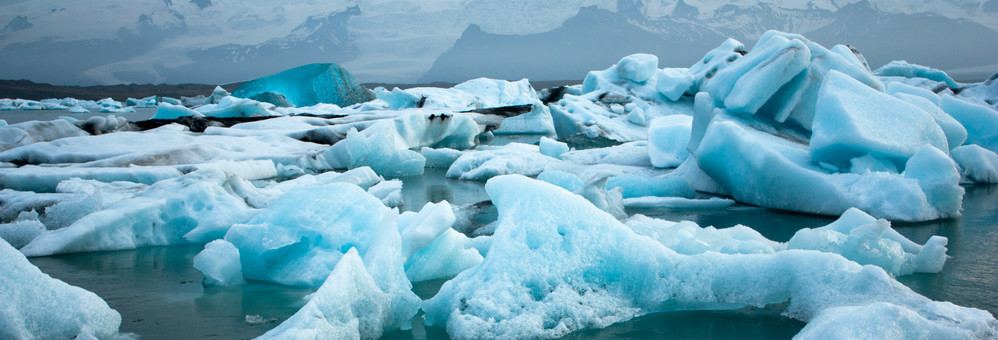Lessons learned from the subsea project to raise Shackleton’s Endurance

Nico Vincent was Subsea Project Manager of the Endurance22 expedition. On 5 March 2022, his team found the wreck of Endurance, Sir Ernest Shackleton’s ship, which sank off the coast of Antarctica 107 years ago.
In July, Vincent sat down with APM Podcast host Emma De Vita (Editor, Project journal) to explain how the project team used autonomous underwater vehicles (AUVs) to find the shipwreck, one of the most complex subsea projects ever undertaken.
Vincent has spent 30 years recovering deep-sea wrecks and shared his project management insights on what it takes to prepare for a once-in-a-lifetime project, how it feels to see such a piece of history and the lessons he took away from the successful project. Below is an edited extract from his interview.
APM Podcast: To start with, could you give us an overview of the project?
Nico Vincent: The purpose of Endurance22 was to discover the wreck of Endurance and then to deliver a full survey of the wreck to allow scientific analysis. The wreck is in the Weddell Sea; there is a lot of sea ice in this area and it is quite unpredictable. The reason Endurance was so difficult to find was not because she was really lost, but because access to the area is so complicated. As the wreck is protected by the Antarctic Treaty, we were forbidden to touch anything, so we needed to produce a high-resolution survey of the wreck to allow scientists and archaeologists to produce a scientific report.
 Falklands Maritime Heritage Trust and Esther Horvath
Falklands Maritime Heritage Trust and Esther Horvath
Tell us about your role.
NV: The [Falklands Maritime Heritage Trust] asked the expedition leader to lead above the surface and me to drive all operations under the sea. However, to run the operation I was obliged to control surface support as well, including navigation, the helicopter flight plan and the ice camp. The project schedule for me started in February 2019, when the previous expedition lost its AUV on site and I was immediately contacted to build a new solution. The first step was to launch the manufacturing of the Sabertooth AUVs.
Tell us more about Sabertooth.
NV: Sabertooth is a vehicle which is able to reach 3,000m. It’s an AUV manufactured by Saab in Sweden, and the main reason why we choose that vehicle is because it’s quite versatile. Usually, this kind of vehicle is flying fully autonomous underwater, but for this project we asked to use a tethered one. This is a lesson learned from 2019, which was to keep permanent control and anticipate the need for an emergency ascent in an incident. That’s really a game changer on the ice.
For such a complex and unique project, was it important to come with an open mind, to find creative solutions and be innovative?
NV: Absolutely. I spent a year building procedures, a scope of work, a task plan, server planning, deployment on ice, helicopter flight plans, time computing schedules. The reason why I was on board is because we were all open that nothing would run as expected. The environmental conditions on site are so complicated that you cannot anticipate all scenarios. Usually in the subsea industry the project manager stays in the office. The complexity of the variables that we faced created the obligation that I be on board.
 Falklands Maritime Heritage Trust and Nick Birtwistleorvath
Falklands Maritime Heritage Trust and Nick Birtwistleorvath
What kind of skills did you need on team for this kind of project?
NV: Usually in the subsea industry, all the skills or expertise are quite disconnected from each other. People have a very important task and they do not look at what others are doing. When you are doing a project like Endurance22, the opposite needs to be true. People must have very strong connections with each other. The leadership may switch from one person to another according to expertise. That means that your boss in the morning, because you are driving an AUV, can become your support in the afternoon, because you are doing electronics. That is something that allows you to build a very strong relationship between people.
What was it like to work at such close quarters and under such pressure?
NV: The advantage when you work with recurrent people is that you know them. Being in a difficult constraint, all living together during months and months, is something normal for us, because we do that all year. But for Endurance22, in addition, we were on an icebreaker and we were in a polar area, which is quite unusual for us. But life on board is something we are ready for. We run a watch of 12 hours on, 12 hours off, for example. So the full team is organised to work 12 hours per day. On Endurance22 most of the guys did huge overtime, not only because we faced issues, but because they love what they do. If you are able to work on something that is so exciting and attractive, people respond on their own, especially if they like each other.
 Falklands Maritime Heritage Trust
Falklands Maritime Heritage Trust
What have been the highs and the lows of working on Endurance22?
NV: Highs? The discovery. Lows are a very long list [laughs]. Each dive was a stressful time. You have to keep in mind that the previous team lost another vehicle after two dives. So my goal was not only to find Endurance, but to come back with my vehicle. We had eight emergency ascents over 32 dives. But seeing the vehicle back on deck after the last dive with the full scope accomplished was an extremely good time. The team faced the worst conditions. We had -22°C with 35 knots of wind, which is equivalent to -40°C. The equipment was freezing on deck; the people were absolutely freezing on deck. They never said anything. They accomplished a huge task and I am very proud of them.
Listen to the full interview with Nico Vincent here
Images courtesy of Falklands Maritime Heritage Trust


1 comments
Log in to post a comment, or create an account if you don't have one already.
Exciting stuff, if not a bit cold...lol